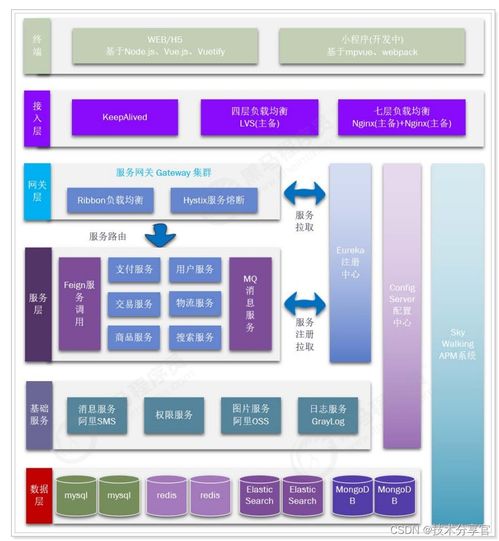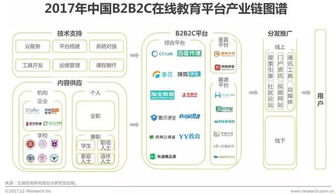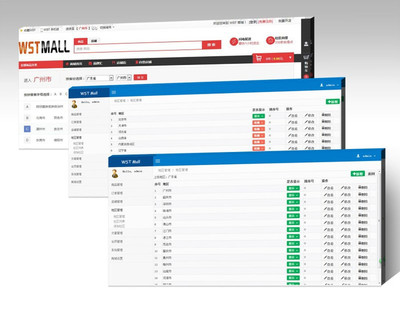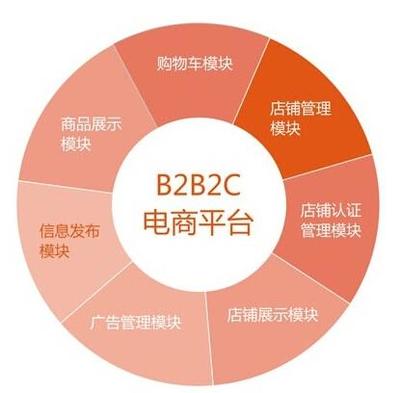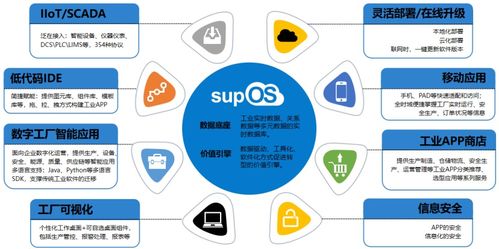B2B2C (Business-to-Business-to-Customer) online mall systems represent a sophisticated e-commerce model that integrates businesses and end consumers within a single platform. The development of such systems involves creating a robust digital marketplace where multiple businesses can sell their products or services directly to consumers, while the platform operator manages transactions, logistics, and customer support.
Key components in B2B2C mall system development include:
1. Multi-vendor management: Enabling various businesses to register, set up shops, and manage their inventory and pricing.
2. Unified shopping experience: Creating a seamless interface where customers can purchase from different vendors in a single transaction.
3. Payment integration: Implementing secure payment gateways that can handle transactions between customers, vendors, and the platform operator.
4. Order and inventory management: Developing systems to track orders, manage stock levels across multiple vendors, and handle returns.
5. Customer relationship management: Incorporating tools for customer service, reviews, and loyalty programs.
Successful B2B2C platform development requires careful planning of revenue models (such as commission-based or subscription-based systems), robust security measures to protect sensitive business and customer data, and scalable architecture to accommodate growth. These systems have become increasingly popular in global e-commerce, with platforms like Amazon Marketplace and Alibaba serving as prominent examples of successful B2B2C implementations.




